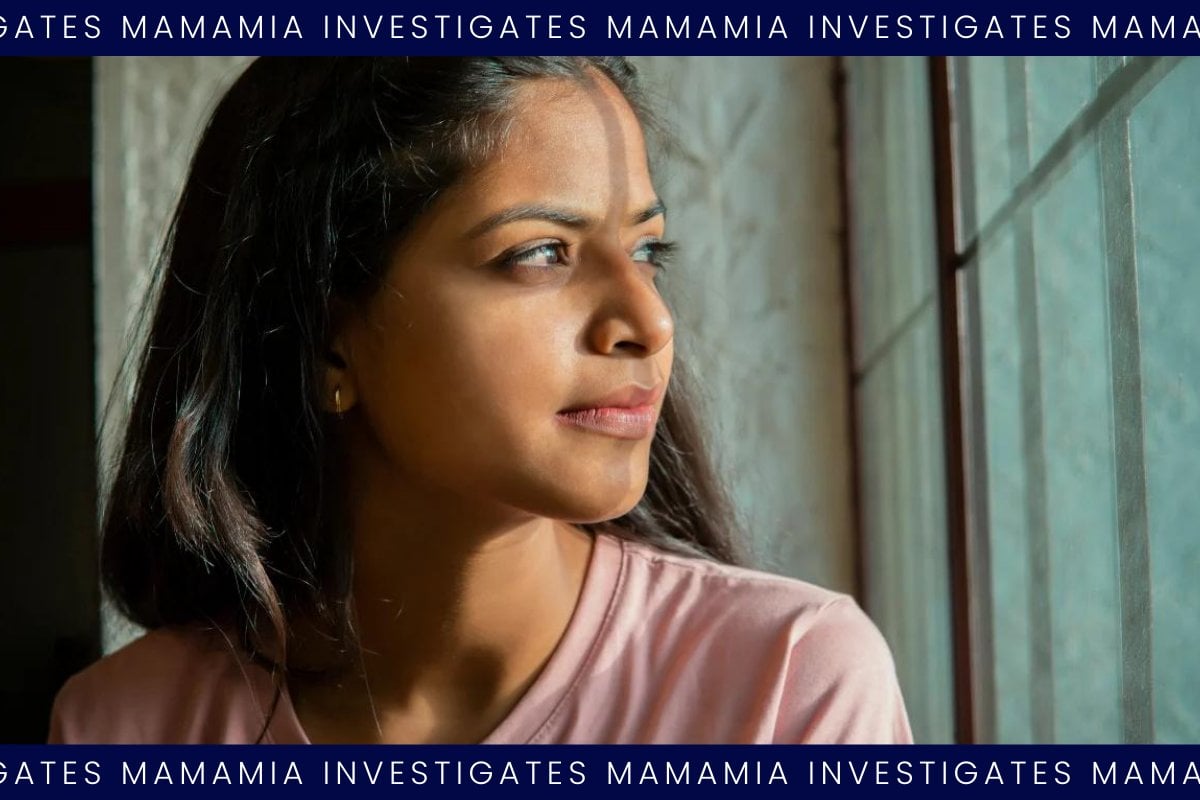
It took Pooja three years to secure an Australian visa.
Pooja, who is in her 30s and originally from India, tells Mamamia that the process was arduous and took a huge amount of effort outside of her job. However, she also asserts that she is one of the lucky ones.
For many migrants, particularly those from non-English speaking backgrounds, the effort it takes to get to Australia is extreme – let alone being able to secure permanent residency.
A major component of any visa application in Australia is an English language test. The vast majority of these language tests are completed on a computer program. But there is a huge amount of criticism about the way those programs have been designed.
Watch: Australia's Immigration system designed to 'dehumanise' says refugee artist. Post continues below.
The Department of Home Affairs has used computer programs to assist visa processing for more than 20 years. But the transparency regarding the algorithms behind these systems is limited.

Top Comments